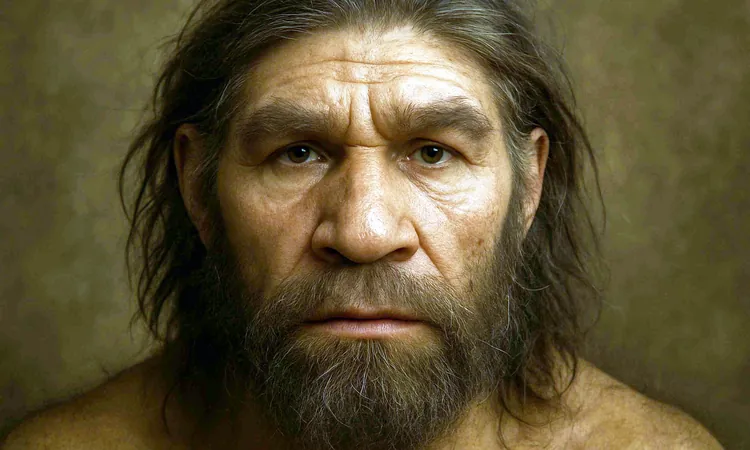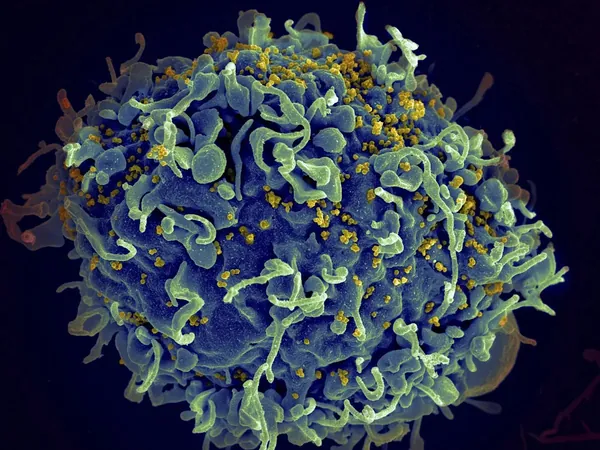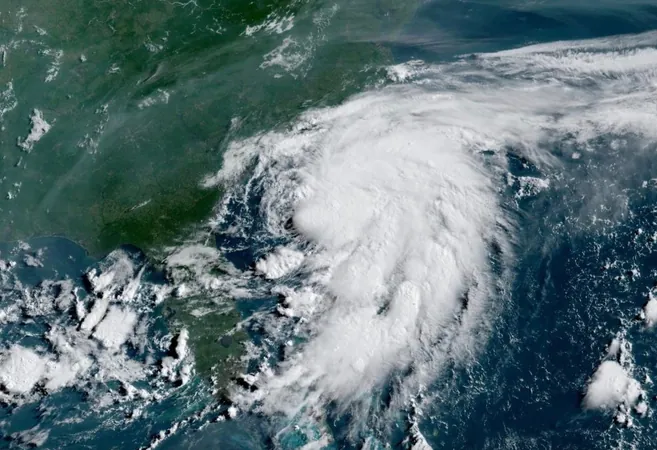
Neanderthals: Unlocking Secrets of Their Evolution Through Inner Ear Insights!
2025-05-27
Author: Liam
A Profound Discovery: Neanderthals' Inner Ears Unveil Evolutionary Mysteries
New research led by Alessandro Urciuoli from the Catalan Institute of Paleontology is transforming our understanding of Neanderthal evolution. These ancient populations, who emerged approximately 250,000 years ago, faced extreme climatic challenges in Eurasia, yet remained a topic of debate in genetic diversity.
Revisiting Population Dynamics
Contrary to long-standing theories that suggested early genetic decline among Neanderthals, recent findings indicate a singular, major population bottleneck rather than multiple drops in diversity. Fossil evidence from Spain and Croatia highlights a striking shift: early Neanderthals showed significant morphological variety, while later Neanderthals exhibited a concerning lack of diversity.
The Significance of the Inner Ear
The semicircular canals of the inner ear, responsible for maintaining balance, offer crucial insights into historical population changes. Variations in these bony structures can reflect deeper genetic differences, indicating that a more diverse population will show a wider range of inner ear shapes.
Evidence of a Catastrophic Population Bottleneck
Urciuoli and colleagues made a groundbreaking observation: the dramatic reduction in diversity between early Neanderthals from Krapina and classic Neanderthals serves as compelling evidence of a significant bottleneck event. Unexpectedly, pre-Neanderthals from the Sima de los Huesos showed similar morphological diversity to early Neanderthals, challenging previous assumptions.
Debunking Myths of Linear Evolution
Previously, it was believed that Neanderthals followed a single predictable evolutionary path, but ancient DNA revelations illustrate a more complex narrative of migrations and differing population sizes. Recent morphological analyses now affirm that serious declines in variability occurred much later in their lineage.
Climate Change and Its Impact
This bottleneck aligns with intense climatic fluctuations that struck Eurasia. There’s a compelling hypothesis that these environmental shifts prompted new migrations and potentially local extinctions, leading to the observed reduction in morphological diversity.
The Bigger Picture of Human Evolution
As researchers delve deeper into fossil and genetic data, they propose that isolated groups may have experienced unique evolutionary journeys. This fresh perspective underscores the idea that human ancestry involves a tapestry of migrations, isolation, and interactions rather than a straightforward branching out.
Looking to the Future: Research Directions
Fascinating insights into inner ear structures could reveal cycles of expansion and contraction among ancient populations. As modern imaging and computational techniques advance, researchers are optimistic about uncovering more about the lives of Neanderthals. Each new fossil discovery adds pieces to the puzzle of who these ancient humans truly were.
Join the Journey of Discovery!
This groundbreaking study published in Nature Communications is just the beginning. Exciting explorations ahead may soon solve more mysteries about Neanderthal evolution and our shared history!









 Brasil (PT)
Brasil (PT)
 Canada (EN)
Canada (EN)
 Chile (ES)
Chile (ES)
 Česko (CS)
Česko (CS)
 대한민국 (KO)
대한민국 (KO)
 España (ES)
España (ES)
 France (FR)
France (FR)
 Hong Kong (EN)
Hong Kong (EN)
 Italia (IT)
Italia (IT)
 日本 (JA)
日本 (JA)
 Magyarország (HU)
Magyarország (HU)
 Norge (NO)
Norge (NO)
 Polska (PL)
Polska (PL)
 Schweiz (DE)
Schweiz (DE)
 Singapore (EN)
Singapore (EN)
 Sverige (SV)
Sverige (SV)
 Suomi (FI)
Suomi (FI)
 Türkiye (TR)
Türkiye (TR)
 الإمارات العربية المتحدة (AR)
الإمارات العربية المتحدة (AR)